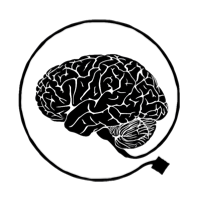Announcing Consciousness Online
Call for Papers: Consciousness Online: The First Cyber Consciousness Conference February 20-27, 2009 Please post and distribute widely; appologies for cross-posting Following the success of the On-Line Philosophy Conference I am pleased to announce Consciousness Online: The first cyber consciousness conference. Invited talk by David Rosenthal. Papers in any area of consciousness studies …
